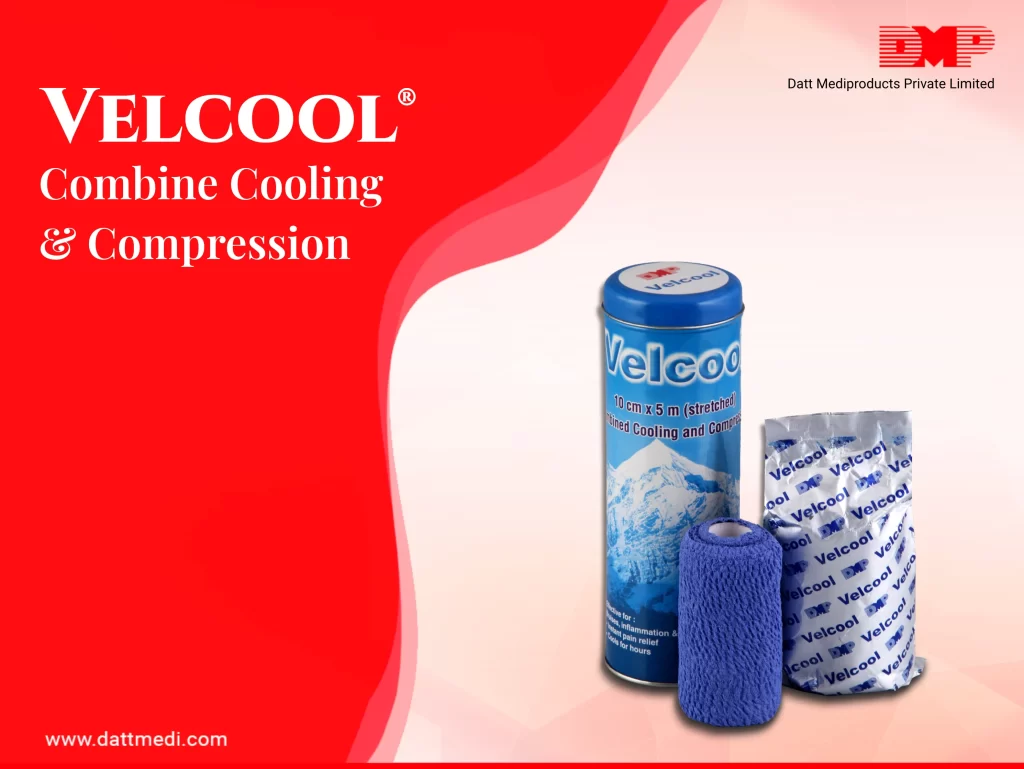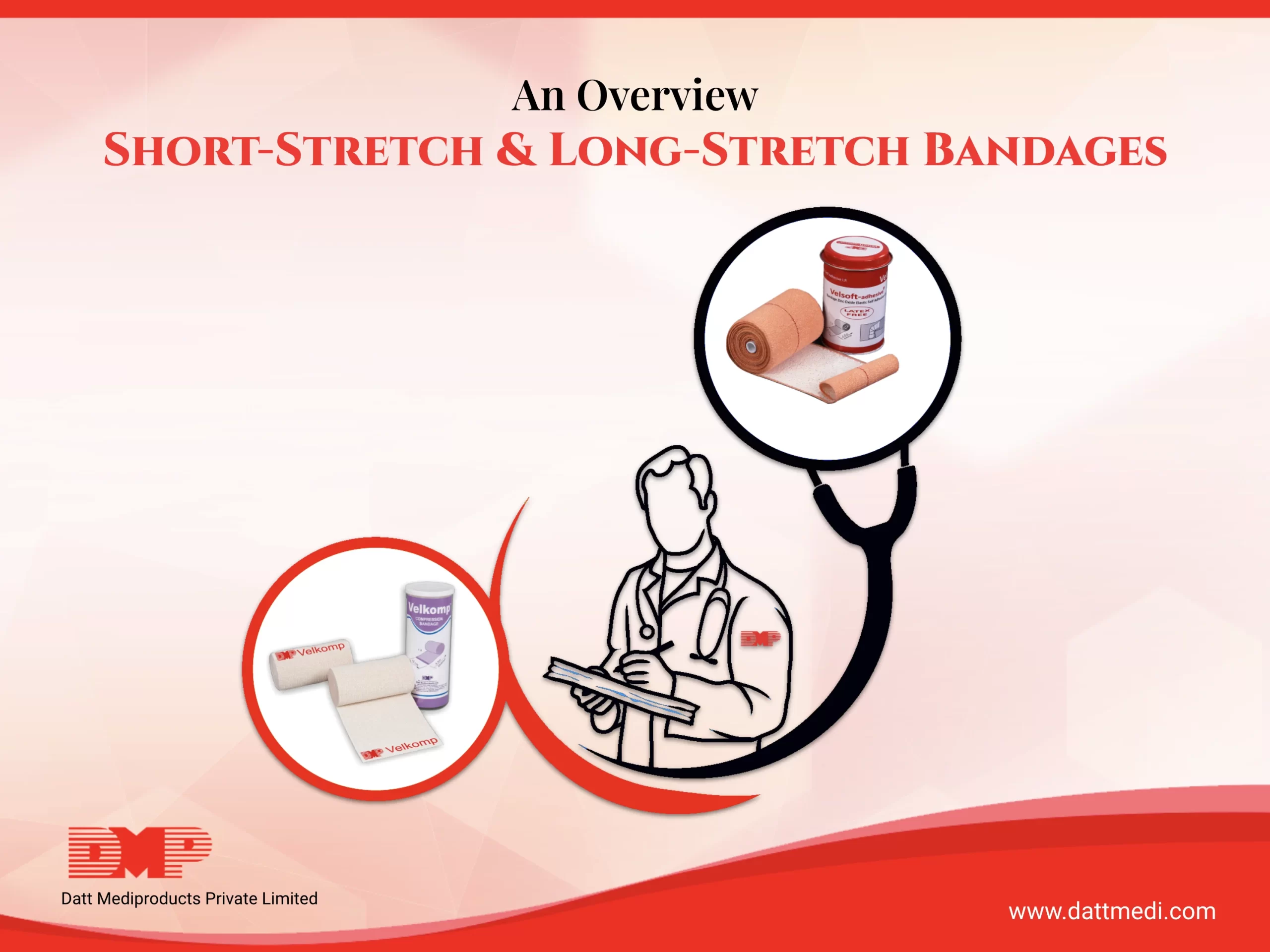
The possibility of injury goes hand in hand with sports and exercises. RICE treatment is a central component for sports trainers, athletes, and athletic health personnel.
RICE is an acronym that stands for a type of treatment recommended when a person has soft tissue injuries such as those affecting a muscle, tendon, or ligament. These injuries include sprains, strains, and contusions and are often sports-related.
- RICE method stands for- Rest, Ice, Compression, and Elevation.
- RICE treatment must be followed as soon as possible after an injury.
- RICE treatment helps to relieve pain and swelling and promote healing and flexibility.
Now let’s discuss the RICE method in detail:
REST: The first step involves resting the injured area as much as possible. Immobilization helps prevent further injury and gives time to the body for recovery.
ICE: Providing Ice cold therapy alleviates the pain by numbing the injured area. Icing the affected area for 10-20 mins. at a time, every 4 hours during 48 hours after injury reduces the swelling. Too much icing should be avoided to arrest further tissue damage.
COMPRESSION: Applying compression at the injured site keeps swelling under control. This can be done by wrapping the affected area with an elastic compression bandage. Compression provides support, reduces blood flow, and limits swelling at the injured site.
ELEVATION: Maintaining the level of an injured part above the level of heart reduces swelling, associated pain, and discomfort.
Velcool is a cooling & compression bandage and it perfectly adheres to the RICE method of treatment. Velcool is a bandage dressing with dual benefits. It provides compression therapy in addition to its cooling effects.
Velcool is a portable kit and consists of two bandages:
1. The “Cold bandage” layer of Velcool is impregnated with benefits of different cooling agents, ensuring cooling effect for as long as 4-6 hours. The cooling effect decreases gradually over a period of time after its application. This protects the injury site from low temperatures for a longer duration.
2. The “Compression Bandage” of Velcool is a cohesive bandage that imparts moderate and sustained compression throughout the wear time.
a. Due to the cohesive nature, the system does not slip from the site, providing sustained compression throughout.
It’s now time to discuss the mode of action of VELCOOL.
- Velcool helps reduce pain: The cold bandage of Velcool kit has an analgesic effect. The numbness offered by the bandage is due to a combination of decreased production of pain mediators and slower spread of nerve pain signals. Neurons in this area cause constriction of the blood vessels leading to a reduced blood supply at the injured site and reduces pain. This cold method deviates the heat away from the injured site resulting in temperature and pain reduction.
- Velcool controls swelling by applying pressure at the injured site and offering a reduction in the temperature.
- Velcool means less pain-killers: The pain medications and anti-inflammatory drugs are taken during musculoskeletal injuries often cause drowsiness, fuzzy thinking and slow down the recovery. It has been documented that the duo of compression and ice-cold therapy offered in Velcool alleviate the use of medicines as it helps reduce both pain and swelling.
- Velcool is effective & non-messy: Velcool keeps you away from the messy ice packs. The dual combination is the best one that can have to reduce pain, control swelling, and minimize or eliminate the use of pain medications so therapy proceeds faster.
- Velcool is safe & non-invasive: It has been documented in many studies that ice-cold therapy is an effective and harmless method of reducing inflammation with minimal complications. Velcool keeps the temperature in range, as the too low temperature (as in the case of ice packs) may further deteriorate the situation by increasing tissue damage.
Follow us @ www.dattmedi.com to gain access to more information and more such unique and innovative devices and stay away from the messy counterparts



